
Jacob and Wilhelm Grimm set out to preserve German folklore, but what they created ended up shaping childhoods all over the globe. Their collection brought us magical forests, brave kids, talking animals, and villains we’ll never forget. Here is a list of most popular Grimm’s stories in Germany!
1. Snow White (Schneewittchen)
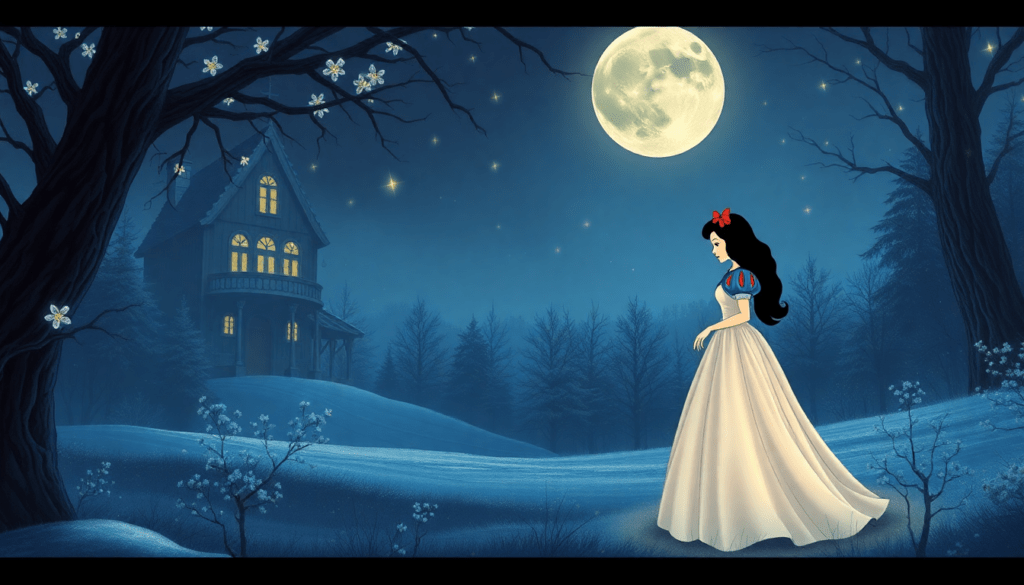
“Mirror, mirror on the wall…”
This classic tale of envy, beauty, and resilience tells the story of a young princess pursued by a jealous stepmother. With help from seven dwarfs, Snow White survives betrayal and awakens from a poisoned sleep. Snow White is deeply woven into German culture, symbolizing innocence triumphing over evil.
2. Cinderella (Aschenputtel)
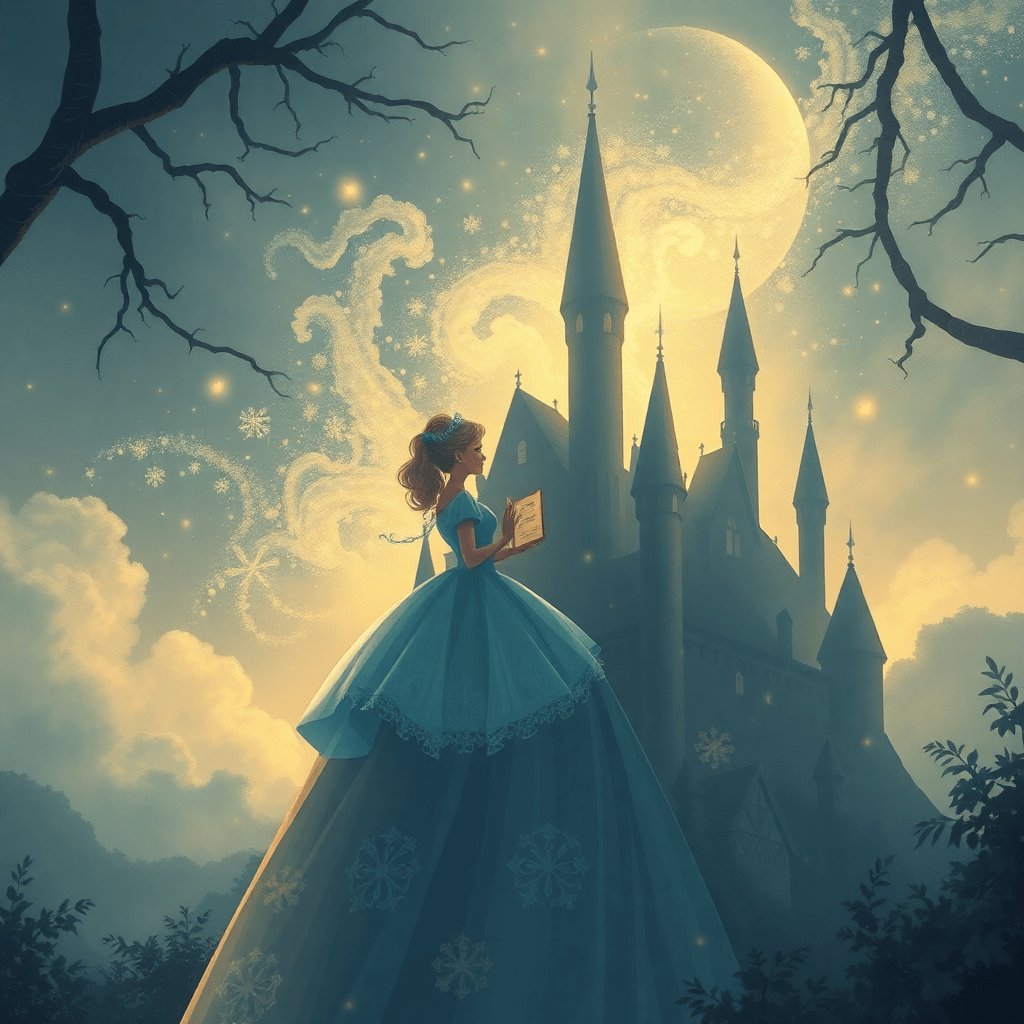
Long before Disney’s glass slipper, there was Aschenputtel, a young girl tormented by her stepfamily. With the help of a magical hazel tree and some birds, she finds her way to the ball and into the heart of a prince. The Grimm version is darker than most retellings & complete with golden slippers and eyes pecked out for justice.
3. Little Red Riding Hood (Rotkäppchen)
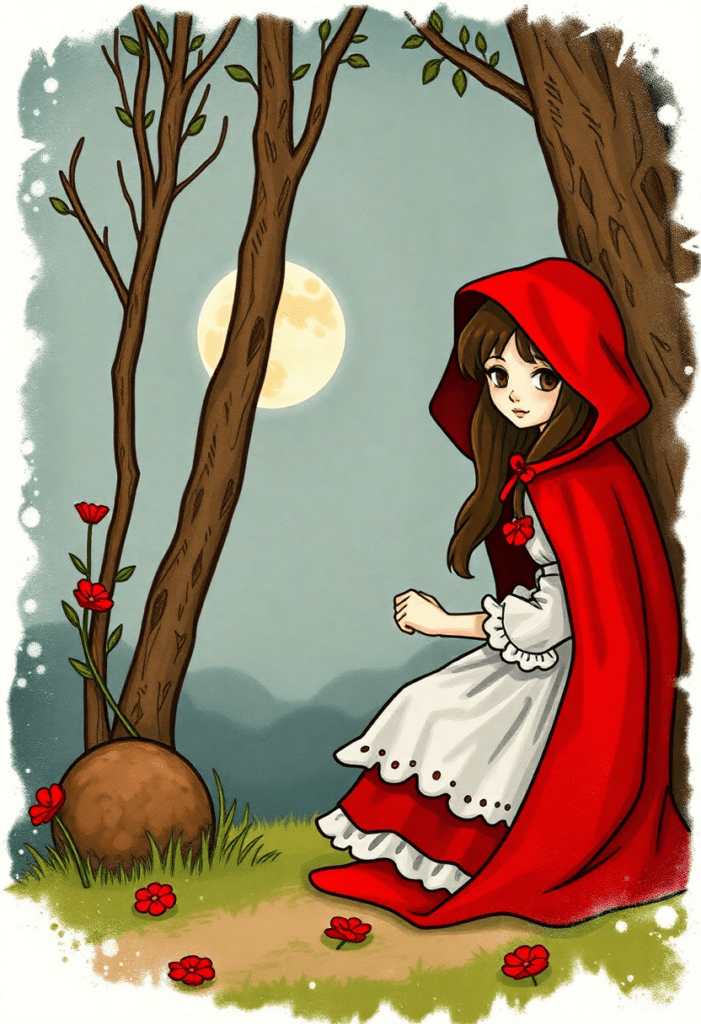
One of the most iconic tales in the world, Rotkäppchen teaches children not to talk to strangers. A little girl, a wolf, and a grandmother. The tale is simple, yet powerful. Its German origins are unmistakable, with deep woods, cunning predators, and a lesson for every listener.
4. The Town Musicians of Bremen (Die Bremer Stadtmusikanten)
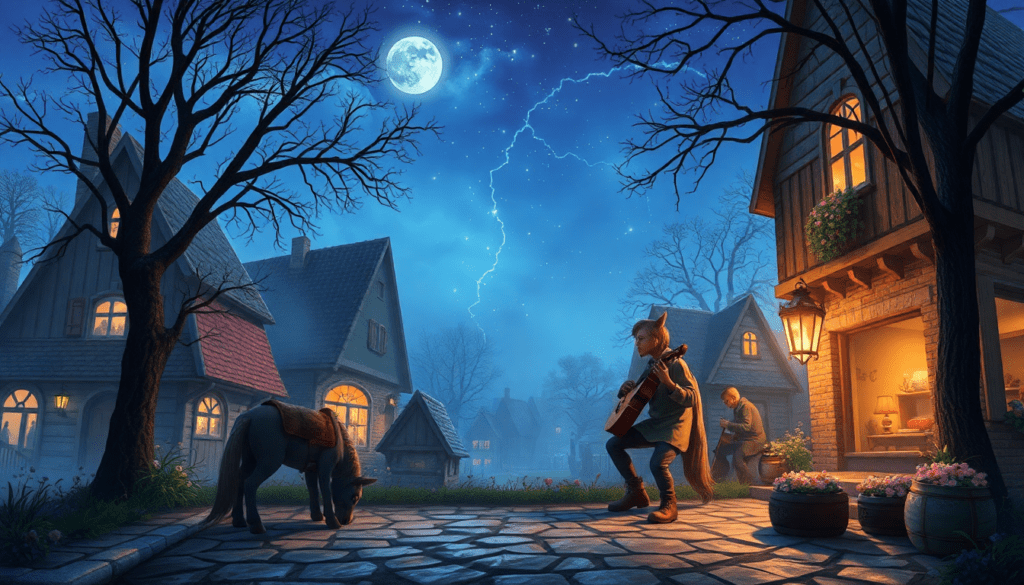
Donkey, dog, cat, and rooster. Four aging animals set out to become musicians in Bremen. Although they never make it to the city, their cleverness and teamwork drive out a band of robbers, securing a peaceful home. A statue in Bremen commemorates these unlikely heroes, making the tale a cultural icon.
5. Hansel and Gretel (Hänsel und Gretel)
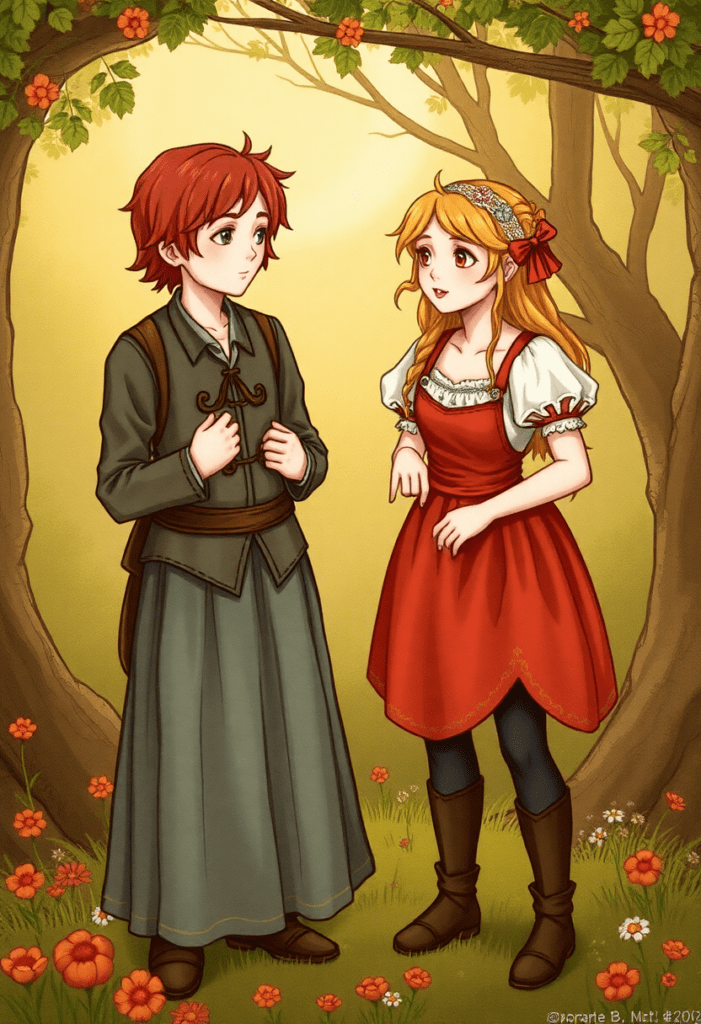
Perhaps the most haunting of Grimm’s stories, Hansel and Gretel tells of two siblings abandoned in the woods who stumble upon a house made of candy. Inside lives a witch who plans to eat them. But with courage and wit, the children turn the tables. This fairy tale reflects hard times in German history and the enduring spirit of hope.
6. Bearskin (Der Bärenhäuter)
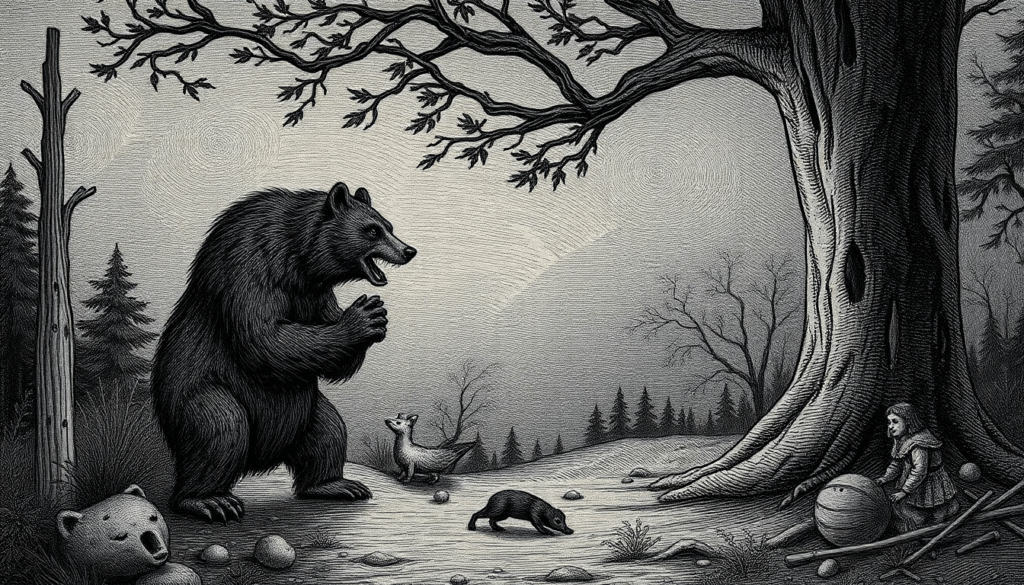
One of the darker, lesser-known gems of Grimm’s tales, Bearskin follows a poor soldier who makes a deal with the devil: he must wear a bearskin coat, never bathe, and help the needy for seven years. If he endures, he wins riches and freedom. If not, he loses his soul. It’s a powerful tale of endurance, morality, and redemption, loved in Germany for its depth and grit.

![[Data study] Most popular Grimm Brothers’ Fairy Tales in Germany](https://naptimestories.com/wp-content/uploads/2025/03/2024__Most_popular_fairy_tales_in_Germany____Research_by_naptimestories_com-2.png)


